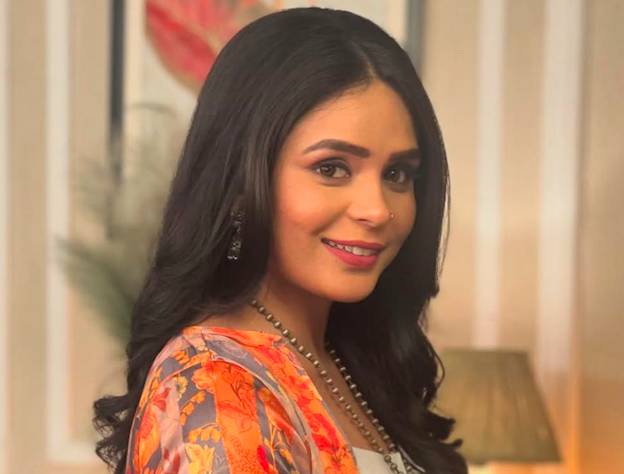Sonal Vengurlekar delves into the emotional complexity of playing Sayli in Jamai No. 1, highlighting how negative roles offer a deeper creative challenge. She reflects on the shifting portrayal of antagonists in Indian television and her desire to explore a broader range of characters.
For Sonal Vengurlekar, taking on the role of Sayli in Zee TV’s Jamai No. 1, produced by Prateek Sharma and Parth Shah’s Studio LSD, marks a significant turning point in her acting path. Known for her performances in a range of shows like Yeh Vaada Raha, Shastri Sisters, Gupta Brothers, Saam Daam Dand Bhed, Yeh Teri Galiyan, Kundali Bhagya, Yeh Hai Chahatein, Doree, and the film Lekar Hum Deewana Dil, Sonal has steadily built a reputation for portraying diverse characters with conviction. Sayli, however, brings a different kind of challenge.

“Negative roles push you in ways that positive ones often don’t,” Sonal Vengurlekar reflects, adding, “They allow you to explore conflicting emotions—rage, jealousy, fear, and sometimes, unexpected vulnerability. Sayli isn’t just antagonistic; she’s layered and human, which makes her interesting to play.”
Sayli is written as a disruptor in the show’s central relationships, but Sonal is quick to point out that there’s more to her than just being a ‘third wheel’ in the show, which stars Simaran Kaur and Abhishek Malik. Sonal states, “She’s ambitious, yes, and flawed. But she’s also shaped by her own fears and past disappointments. There’s a lot beneath her bold exterior, and that complexity keeps the performance alive for me.”
While she’s enjoying the arc of Sayli’s character, she is also looking to the future with a broader perspective. “I’d like to balance out these intense roles with characters that are more grounded or hopeful,” she says.
She adds, “As an actor, what excites me most is the opportunity to tap into different emotional truths—whether the character is loved, hated, or somewhere in between.”
For Sonal, the role of Sayli is more than just a villain—it’s a chance to explore the evolving nature of negative roles in Indian television, where characters are no longer black or white, but striking shades of grey.


